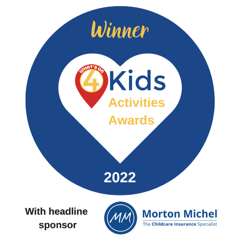Claves are one of our favourite props in class to help develop rhythmic awareness: the ability to perceive and reproduce rhythm.
There is also a growing body of research that suggests that rhythmic awareness can also help with language development. For example, one study found that children who had better rhythmic awareness were better at understanding and producing speech sounds. Another study found that rhythmic awareness was linked to reading skills in children.
There are a few reasons why rhythmic awareness might help with language development. First, rhythm is a key component of speech. Speech is made up of a series of syllables, and children who have a good sense of rhythm are better able to understand and produce these syllables.
Rhythm can also help children to segment speech into smaller units. When we listen to speech, we don’t hear individual words. Instead, we hear a stream of sounds (or phonemes), that are grouped together into syllables. Children who have a good sense of rhythm are better able to identify these syllables, which can help them to understand the meaning of words.
Lastly, rhythm can help children to remember words. When we learn new words, we often associate them with a rhythm. This rhythm can help us to remember the word and to retrieve it from our memory when we need it.
- Benari, Arnon. “The Relationship Between Rhythmic Awareness and Language Development.” Journal of Music Therapy, vol. 32, no. 2, 1995, pp. 97-111., doi:10.1007/BF02214319.
- Drake, Christopher, and Marie Botte. “The Development of Rhythmic Entrainment in Infancy.” Developmental Psychology, vol. 38, no. 2, 2002, pp. 339-353., doi:10.1037/0012-1649.38.2.339.




